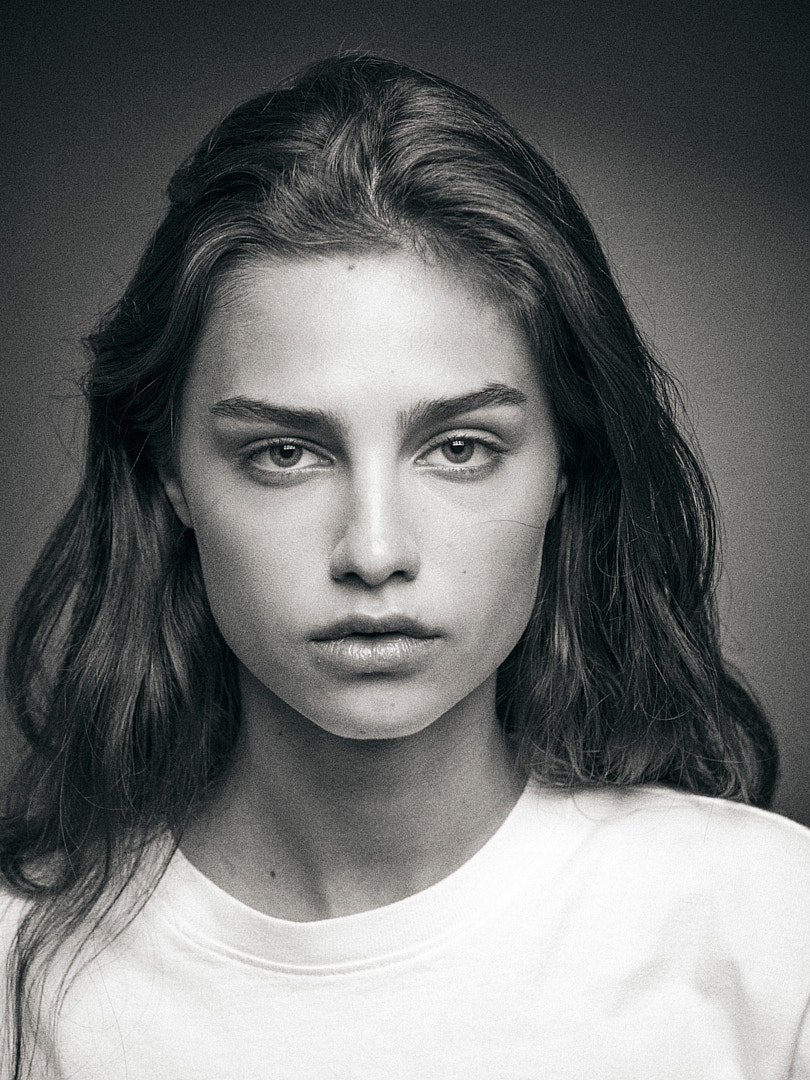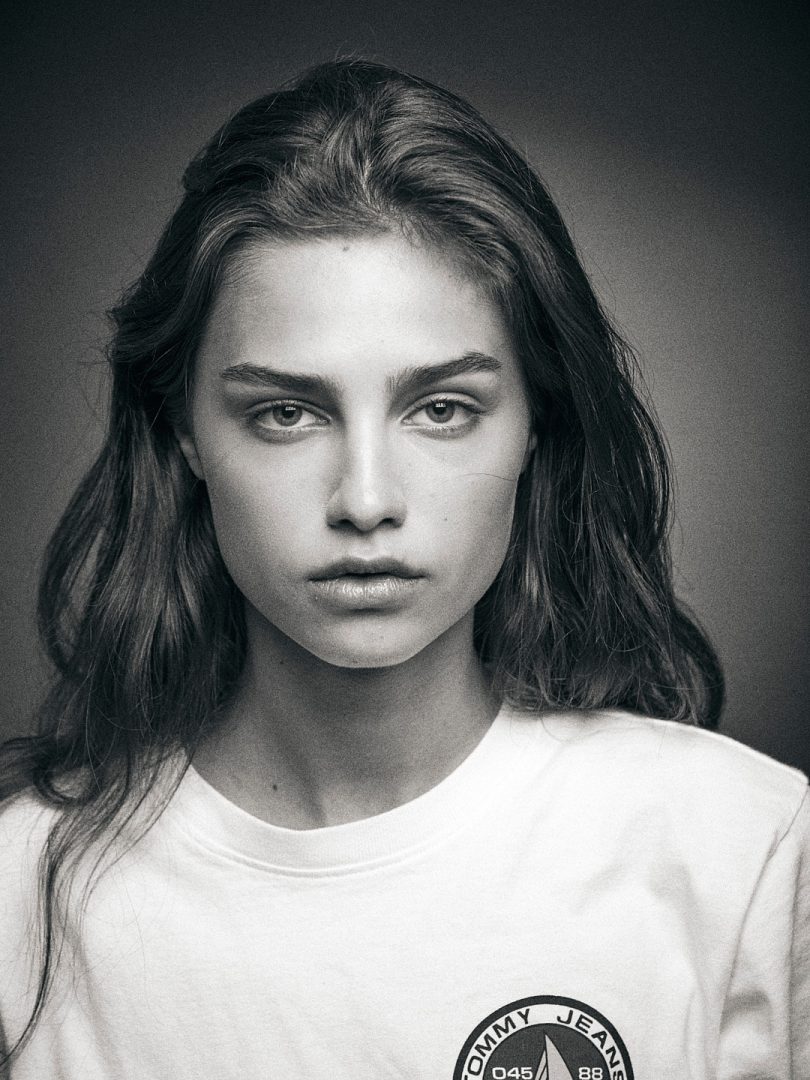
The Impact of a headshot. What’s Real in the Age of the Artificial
We live in a time of hyper-communication, and photography—especially headshot and portraits—is part of that daily exchange. According to InfoTrends, over 1.8 billion images are shared online every day. And yet, the more photos we see, the less we seem to trust them. In this flood of visuals, authenticity has become a rare and highly sought-after value. Particularly in headshot and portraits, where realness can make the difference between a forgettable image and one that truly resonates.
In this context, the question is no longer just what we see—but whether what we see feels real.
Authenticity in Portrait Photography as a Contemporary Luxury
The New York Times highlighted it in an article titled “The Age of Instagram Face” (NYT, 2021): social media, filters, and digital retouching have pushed us toward a homogenized, artificial standard of beauty that dominates modern photography. This isn’t just limited to fashion shoots or casual selfies—it also affects how we portray and perceive ourselves.
In response to this distortion, creating authentic headshot and portraits becomes almost a political act: a stand for the real, the tangible, the emotional. Showing someone without artificial enhancements is, today, a form of resistance. As Time Magazine noted in its piece on AI and hyper-realistic portraits (Time, 2022), it’s becoming increasingly difficult to tell the difference between what’s human and what’s machine-made.
To Be or To Be Present: A Subtle Yet Powerful Shift
There’s a key distinction in how we approach a portrait. It’s not necessarily about showing who someone is—that would require a godlike or psychological insight—but about revealing how they are in that moment. A photograph can capture a state, a gesture, an energy, even a subtle tension beneath the surface. It’s not about constructing identity, but about observing presence. The way someone holds their shoulders, where they place their gaze, or how their expression shifts in a fraction of a second—these small details reveal more than words. And within that fleeting instant lies the truth.
As a photographer, I keep digital retouching to a minimum. I don’t use AI. I work from a place of respect for the human subject. I rely on light and genuine interaction to reveal something you can’t fully plan. That’s where connection happens. As Shakespeare said, to be or not to be—but in portraits, the real question is: is this person or is this person being? The latter feels infinitely more honest.
The Emotional Power of Realness in Photography
Authentic portraits don’t just feel more human—they’re also more memorable. According to Psychology Today, 2022, images that show real imperfections create greater empathy and trust in the viewer.
In a world where the image is a tool for marketing and personal branding, this kind of portrait has a unique impact. It doesn’t sell an unattainable perfection; it offers a sincere connection. It’s not driven by algorithms—it’s rooted in humanity.
Portraits as a Mirror of Our Time
Portrait photography has always reflected its era. From 19th-century daguerreotypes to today’s AI-enhanced imagery, each chapter has shown both technical advances and cultural needs. Now, in an oversaturated visual landscape, the most radical thing a photo can do is be honest.
That’s why some photographers—myself included—are turning away from technical perfection and toward creating more human images. Portraits that reflect tension, beauty, or vulnerability. Because when everything can look real, what’s truly authentic hits harder than ever.
I work between Barcelona and Madrid, creating honest, emotional, and memorable headshot and portraits for individuals and brands.
More on this in: Creatividad y copia: El dilema del fotógrafo en la era de la repetición
